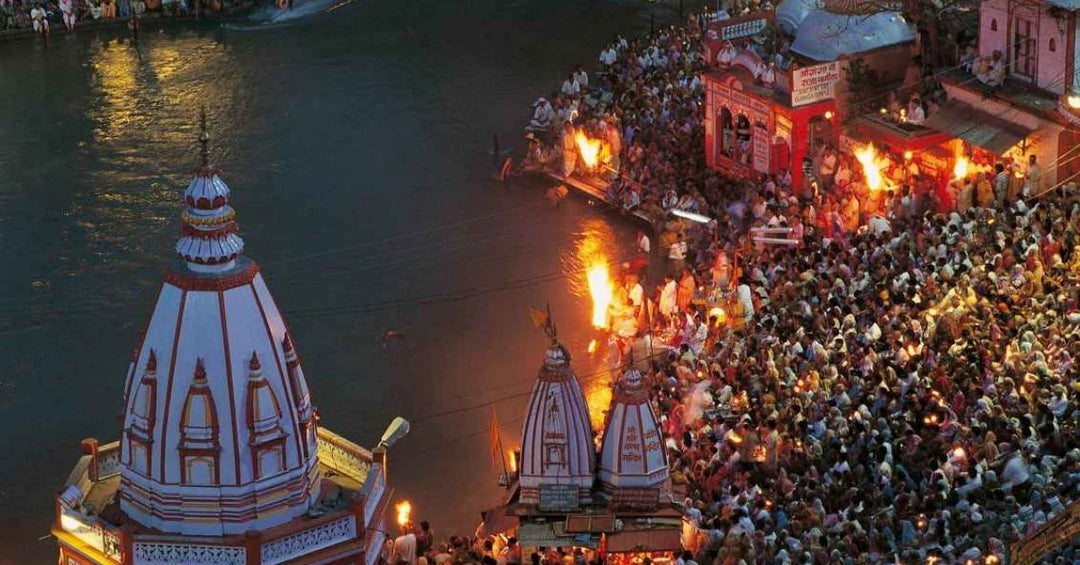About Badrinath Temple
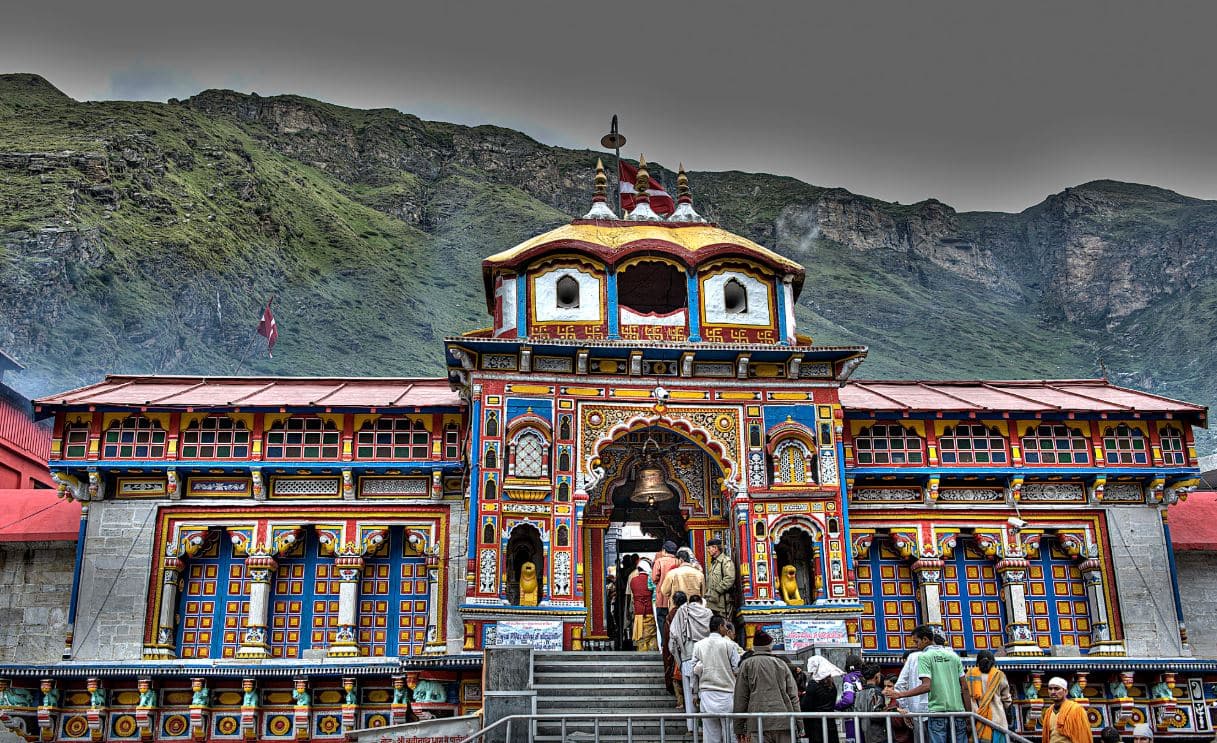
Badrinath Temple: A Spiritual Oasis in the Himalayas
Nestled amidst the majestic Himalayan ranges, Badrinath Temple stands as an ancient haven of spirituality, drawing countless devotees and seekers of divinity from around the world. Located in the picturesque Chamoli district of Uttarakhand, India, this revered Hindu shrine dedicated to Lord Badrinath holds immense historical significance and exudes a profound spiritual aura. In this blog, we embark on a virtual journey to explore the enchanting realm of Badrinath Temple, delving into its rich mythology, architectural splendor, spiritual essence, vibrant festivals, and the natural beauty that surrounds it.
What is special about Badrinath temple?
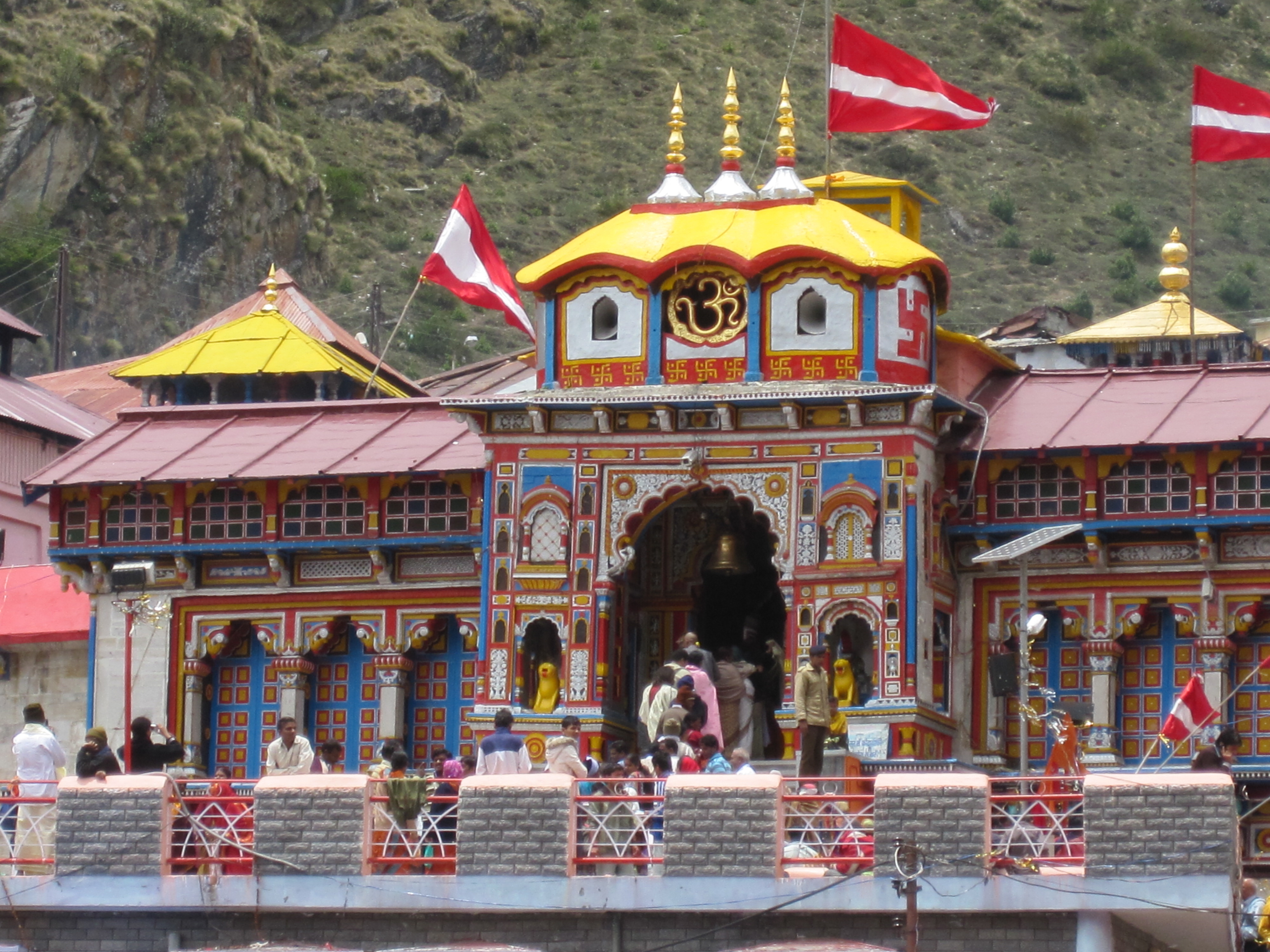
Badrinath Temple, also known as Badrinarayan Temple, is a significant Hindu pilgrimage site located in the Chamoli district of Uttarakhand, India. It holds great importance in Hindu mythology and is one of the Char Dham pilgrimage destinations in India.
Here are some special features and significance of the Badrinath Temple:
- Sacred Abode of Lord Vishnu: Badrinath Temple is dedicated to Lord Vishnu, specifically in his form as Badrinarayan. According to Hindu beliefs, Badrinath is one of the eight self-manifested idols of Lord Vishnu and is considered one of the 108 Divya Desams, holy abodes of Lord Vishnu.
- Ancient History: The temple has a rich history that dates back to ancient times. It is believed to have been established by Adi Shankaracharya, a prominent philosopher, and saint, in the 9th century CE. The temple's architecture showcases a blend of traditional Garhwali and South Indian styles.
- Location: Situated in the picturesque backdrop of the Himalayas, Badrinath Temple is nestled between the Nar and Narayana mountain ranges. The temple is located on the banks of the Alaknanda River, adding to its natural beauty and serenity.
- Char Dham Pilgrimage: Badrinath Temple holds immense significance as one of the four Char Dham pilgrimage sites in India. The Char Dham yatra comprises visiting four sacred sites, including Badrinath, Yamunotri, Gangotri, and Kedarnath. Pilgrims undertake this journey to seek spiritual enlightenment and blessings.
- Murti (Idol) of Lord Badrinarayan: The main idol of Lord Badrinarayan is made of black stone and is around one meter tall. It is seated in a meditative Padmasana (lotus posture). The idol is adorned with intricate ornaments and is considered highly sacred by devotees.
- Hot Springs and Tapt Kund: Near the temple, there are natural hot water springs called Tapt Kund. Devotees believe that taking a holy dip in these hot springs before visiting the temple purifies the body and soul.
- Opening and Closing Ceremonies: The temple remains open for devotees from April to November due to the harsh weather conditions during winter. The opening and closing ceremonies of the temple mark the beginning and end of the pilgrimage season, respectively. These ceremonies are conducted with great pomp and devotion.
- Festival Celebrations: Various festivals are celebrated with enthusiasm at Badrinath Temple. The most important festival is the Badri-Kedar Utsav, which lasts for about eight days. It commemorates the marriage of Lord Badrinarayan with Goddess Mahalakshmi. Other festivals include Makar Sankranti and Krishna Janmashtami.
Overall, the Badrinath Temple's spiritual significance, ancient history, breathtaking location, and role in the Char Dham yatra make it a special and revered pilgrimage destination for millions of devotees and tourists every year.
Which God is in Badrinath?

The Badrinath Temple is a sacred Hindu pilgrimage site located in the Chamoli district of Uttarakhand, India. It holds great significance in Hindu mythology and is dedicated to Lord Vishnu, specifically in his form as Badrinarayan. The temple has a long and ancient history, believed to have been established by Adi Shankaracharya in the 9th century CE. Its architectural style is a blend of traditional Garhwali and South Indian influences. Situated amidst the majestic Himalayas, the temple offers a breathtaking backdrop of the Nar and Narayana mountain ranges and stands on the banks of the Alaknanda River. It is part of the Char Dham pilgrimage, along with Yamunotri, Gangotri, and Kedarnath, attracting devotees seeking spiritual enlightenment and blessings. The main idol of Lord Badrinarayan, made of black stone, is seated in a meditative posture and is considered highly sacred. The temple is also known for its natural hot springs, Tapt Kund, where devotees take a holy dip before entering the temple. It remains open from April to November, and the opening and closing ceremonies mark the beginning and end of the pilgrimage season respectively. Various festivals, including the Badri-Kedar Utsav and Makar Sankranti, are celebrated with great fervor at the temple. With its spiritual significance, ancient history, scenic location, and role in the Char Dham yatra, the Badrinath Temple holds a special place in the hearts of devotees and visitors from around the world.
Why do people visit Badrinath?
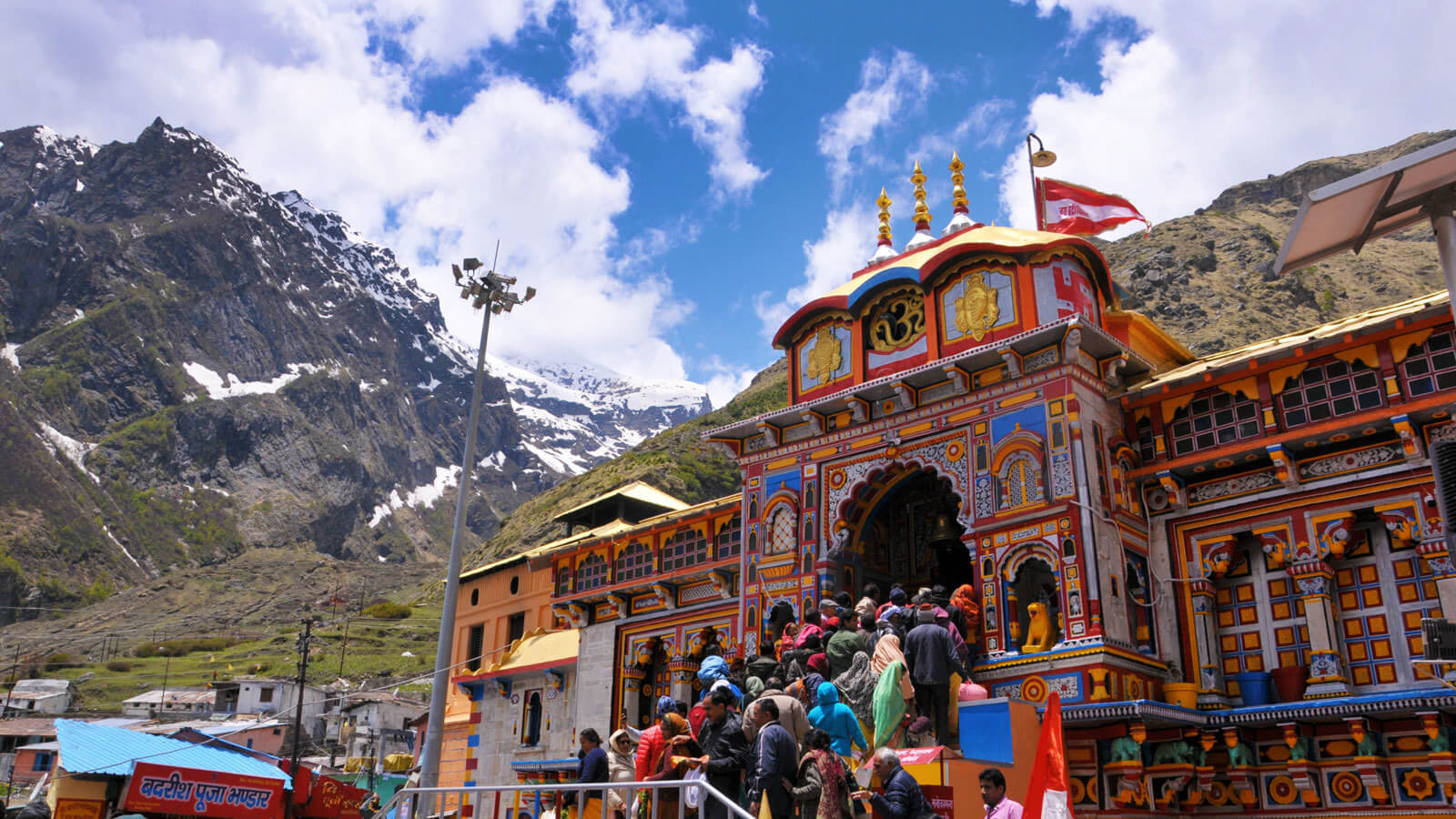
People visit Badrinath for various reasons, primarily for religious and spiritual purposes. Here are some of the main reasons why people visit Badrinath:
- Spiritual Significance: Badrinath is one of the most important pilgrimage sites in Hinduism. It is believed to be one of the holiest abodes of Lord Vishnu, attracting devotees who seek spiritual enlightenment and divine blessings.
- Char Dham Yatra: Badrinath is one of the four destinations of the Char Dham Yatra, which is a sacred journey undertaken by devout Hindus. Pilgrims visit Badrinath along with Yamunotri, Gangotri, and Kedarnath as part of this revered pilgrimage.
- Moksha (Liberation): It is believed that visiting Badrinath and taking a dip in the holy Tapt Kund can cleanse one's sins and contribute to spiritual liberation or moksha. Devotees believe that a pilgrimage to Badrinath helps them attain salvation and attain closeness to the divine.
- Darshan (Divine Glimpse): People visit Badrinath to have the darshan (sacred sight) of the deity, Lord Badrinarayan. Devotees stand in long queues for hours to catch a glimpse of the idol and offer their prayers and offerings.
- Ancient History and Mythology: Badrinath Temple has a rich history and is associated with various mythological stories and legends. Visitors are drawn to the temple to explore and connect with the ancient traditions, rituals, and tales associated with Lord Vishnu and the temple.
- Natural Beauty and Scenic Location: Badrinath is located amidst the breathtaking Himalayan ranges, offering stunning views of the mountains and serene surroundings. The pristine beauty of the region attracts nature lovers and tourists who seek tranquility in the lap of nature.
- Festivals and Celebrations: Badrinath is known for its vibrant and elaborate festivals. Festivals like the Badri-Kedar Utsav and Krishna Janmashtami are celebrated with great enthusiasm, attracting devotees and tourists who want to witness the cultural richness and spiritual fervor of these festivities.
In summary, people visit Badrinath to seek spiritual solace, participate in religious rituals, attain moksha, experience divine blessings, explore ancient history and mythology, enjoy the natural beauty, and immerse themselves in vibrant festival celebrations.
What is the Badri tree in Badrinath?
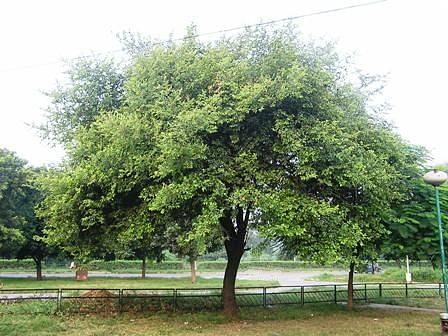
In the context of Badrinath, the term "Badri tree" refers to the Indian mulberry tree (Morus serrata) or the Himalayan mulberry tree (Morus laevigata). These trees are native to the region and are associated with the religious and cultural significance of Badrinath.
The Badri tree holds religious and mythological importance in Hinduism. According to legends, Lord Vishnu meditated under a Badri tree in the area, which is said to be the present-day location of the Badrinath Temple. It is believed that the tree provided shade and shelter to Lord Vishnu during his meditation.
The leaves of the Badri tree are considered sacred, and they hold significance in religious ceremonies and rituals at Badrinath. Devotees often offer these leaves to Lord Vishnu as a symbol of devotion and seek blessings.
The Badri tree is also known for its medicinal properties. Its fruits and leaves are used in traditional Ayurvedic medicine for various health benefits.
It's important to note that the Badri tree is a distinct species and should not be confused with the Badri fruit (Indian jujube or Ziziphus mauritiana), which is a different tree altogether. The Badri tree, with its association to Lord Vishnu's meditation, adds to the spiritual ambiance and cultural heritage of Badrinath.
How tall is Badrinath in feet?
Badrinath, in the context of the Badrinath Temple, is not a measure of height. It refers to the name of the place and the deity worshiped at the temple. The Badrinath Temple is situated at an elevation of approximately 10,170 feet (3,100 meters) above sea level in the Chamoli district of Uttarakhand, India. The height mentioned here pertains to the elevation of the temple location in the Himalayas and not the physical height of any specific structure.
How long is Badrinath's walk?
:max_bytes(150000):strip_icc()/GettyImages-596720199-5b3eb96bc9e77c005458b6d3.jpg)
The length of the walk to reach Badrinath depends on the starting point, as there are multiple routes and transportation options available. Assuming you are referring to the trekking distance from the nearest road point, which is often at a place called Govindghat, the walk is approximately 17 kilometers (10.5 miles). This trekking route from Govindghat to Badrinath is a popular pilgrimage trail known as the Badrinath Trek. It usually takes around 6-8 hours to complete the trek, depending on the individual's pace and physical fitness.

